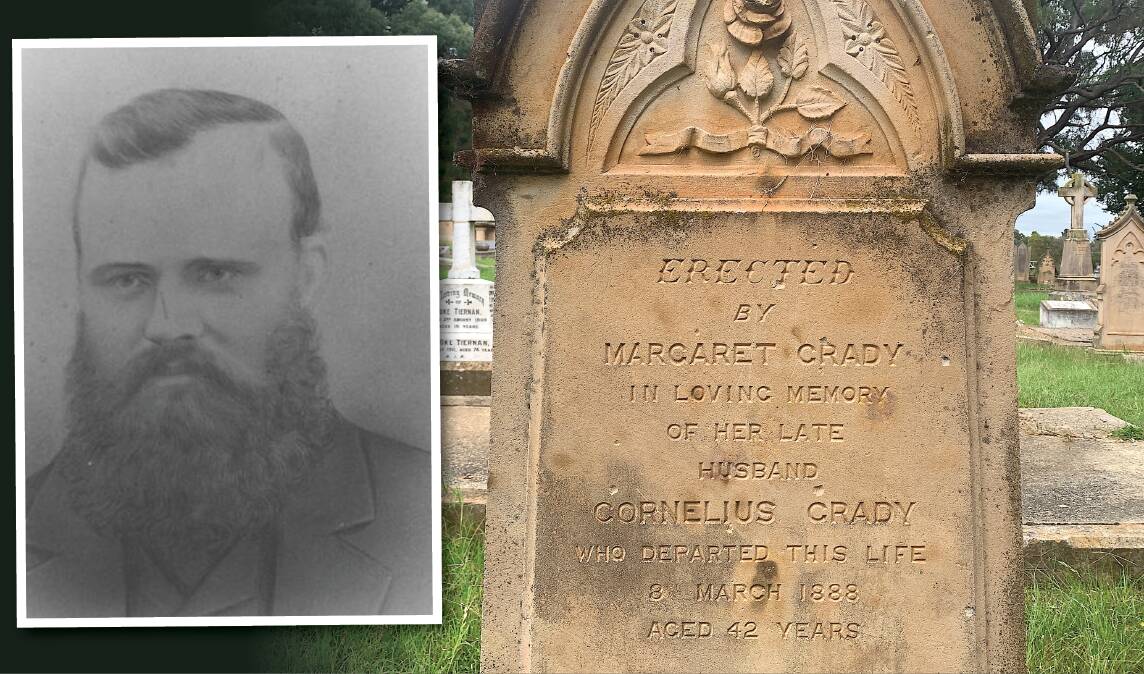
This column's recent exposé on the disused Queanbeyan to Bombala rail line and associated Tuggeranong siding prompted a bulging mailbag.
In particular, several readers thought I was remiss in not recounting one of the best-known tragedies on the line. So today, I rectify that.
One can only imagine the look on the face of Patrick Monaghan, station porter at Queanbeyan Railway Station, when at 8.45pm on March 8, 1888 the mail train from Michelago to Goulburn arrived at Queanbeyan Station.
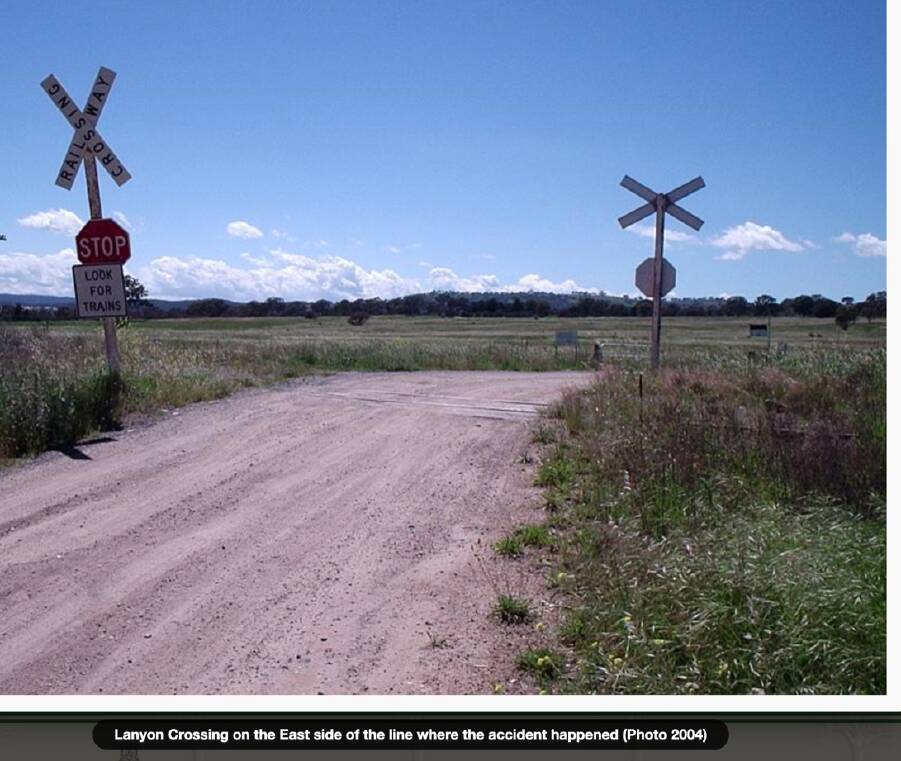
There, sitting on the buffer planks at the front of the steam train, with his back to the engine, his head partly inclined to his left and resting on the smokebox and his hands resting by the side of his body, appeared to be a middle-aged man.
The porter immediately shouted to the driver "who is the man in front?" The driver dismounted the footplate and went to look to discover the corpse of Cornelius Grady, a farmer from Yarralumla, splattered with blood.
According to The Queanbeyan Age of March 10, 1888, "while there were no witnesses to the incident that claimed Grady's life, the inquest uncovered details that seem to explain the farmer's sad demise." Most of the facts lay in the hoofprints of Grady's horse, which was "savagely dismembered by the lumbering locomotive".
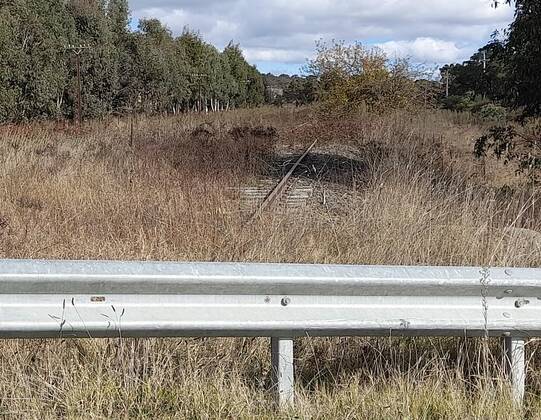
So, what exactly happened?
Well, it is thought that after a night drinking in Queanbeyan, Grady attempted to return home on horseback, becoming disorientated at one point and following the rail line towards Tuggeranong Siding. About six kilometres south of Queanbeyan (near current day Tralee), the northbound mail train hit Grady and his horse. Apparently, the poor horse was "cut from under Grady, who was thrown with great force on the buffer-plate of the engine, breaking his neck." Terrible.
The inquest into Grady's gruesome end determined that his death was (thankfully) instantaneous and that neither the driver nor the guard noticed the collision and that Grady's body was carried into the Queanbeyan Station between the buffers where it was first noticed by the night porter.
More than 130 years since his death, there are still reminders of the terrible accident. Grady is buried in the Roman Catholic section of Queanbeyan's Riverside Cemetery and you can just make out the remnants of the crossing where Grady was hit by the train at the end of Alderson Street in Hume, ACT.
Nostalgic ride
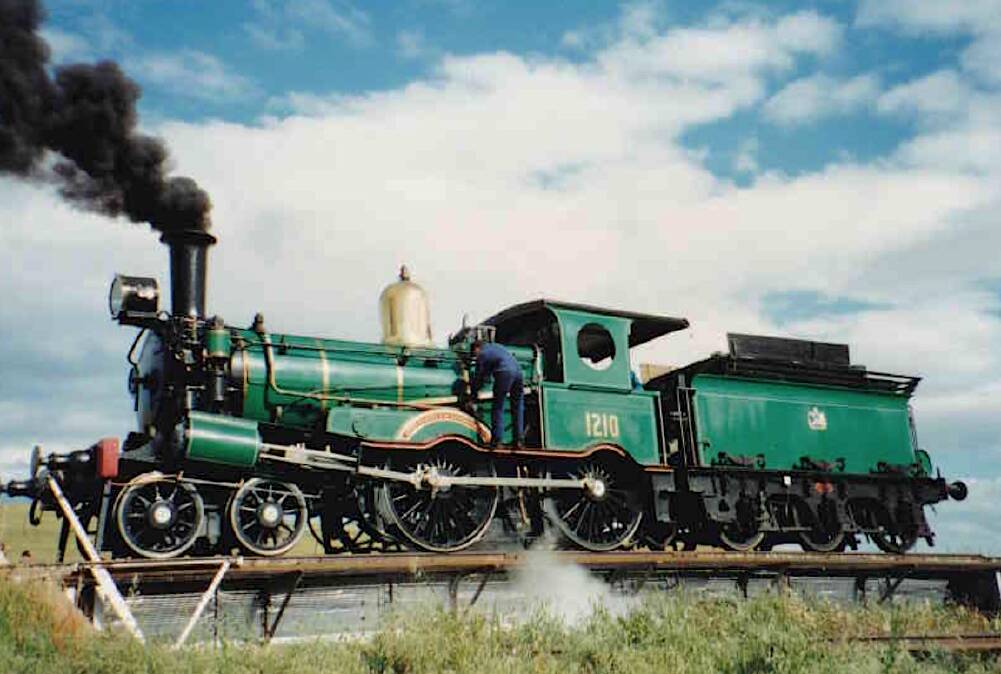
Although the Queanbeyan-Bombala line was closed to regular trains in 1989, tourist trains continued to run along the line for a decade or more. In the early 1990s, as part of a citation for the nomination of locomotive 1210 to the ACT Heritage Objects Register, Pamela Fabricius of Hughes arranged for Heritage Council members to ride on a train from Canberra to Michelago, pulled by 1210 .
"It was memorable to experience the trip in the old carriages, swaying as we made our way south past the Tuggeranong Siding," recalls Pamela, who later "watched, captivated, as the volunteers turned the engine around at Michelago for the return journey whilst enjoying refreshments on the platform."
What a day that would have been.
Tuggranong...?
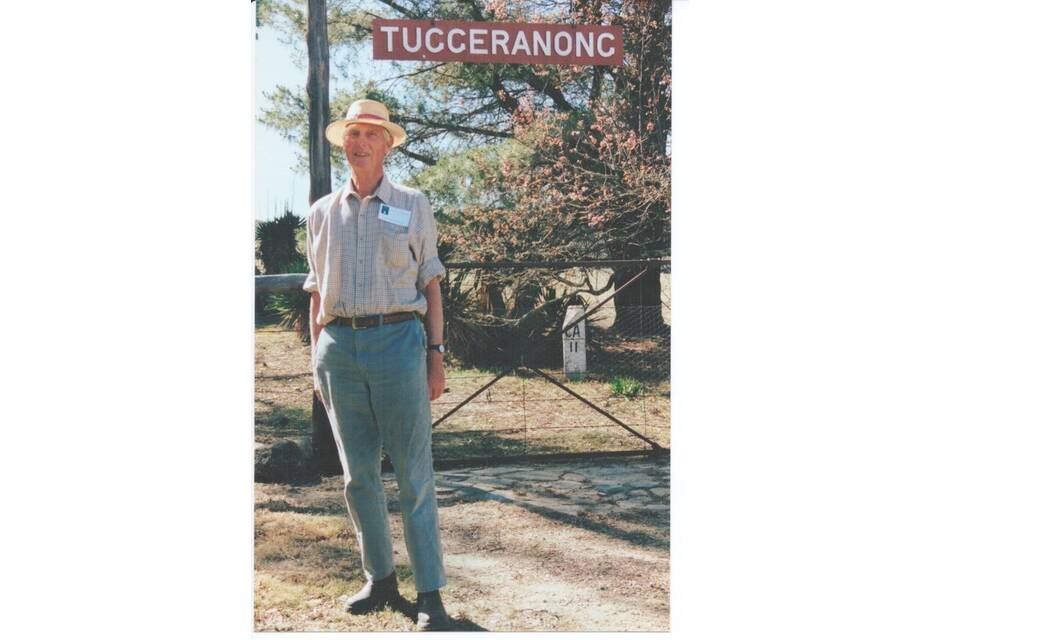
Still on the ghost rail line, Jessica Jones of Kambah asks how to correctly spell Tuggeranong. "In old documents I've seen it spelt without an 'e'," she reveals.
It's a good question, and one that crossed my mind while recently paying my respects to early pioneers buried in the private cemetery at Lanyon Homestead where I also noticed Tuggranong spelt in its original way on one of the headstones of the Cunningham family of Lanyon and Tuggeranong Homestead fame.
Rebecca Lamb, a founding member of Minders of Tuggeranong Homestead (MOTH) explains the area was originally known as Tuggranong (an Aboriginal expression meaning "cold plains"), and that "the current spelling was only adopted after the sign for the railway station was printed incorrectly as 'Tuggeranong' in the late 1880s".
Rebecca also managed to snap a photo of the offending sign at Melrose Valley Homestead in 2002. "I remember at a railway clearance sale, the late Ralph Reader who lived at the homestead in the 1990s and early 2000s put in a bid of $5 for it. The auctioneer was apparently aghast and explained it was actually made of enamel, so he doubled his bid," she muses. Ralph was the successful bidder and later erected the sign in his garden at the homestead.
Marker missing the mark?
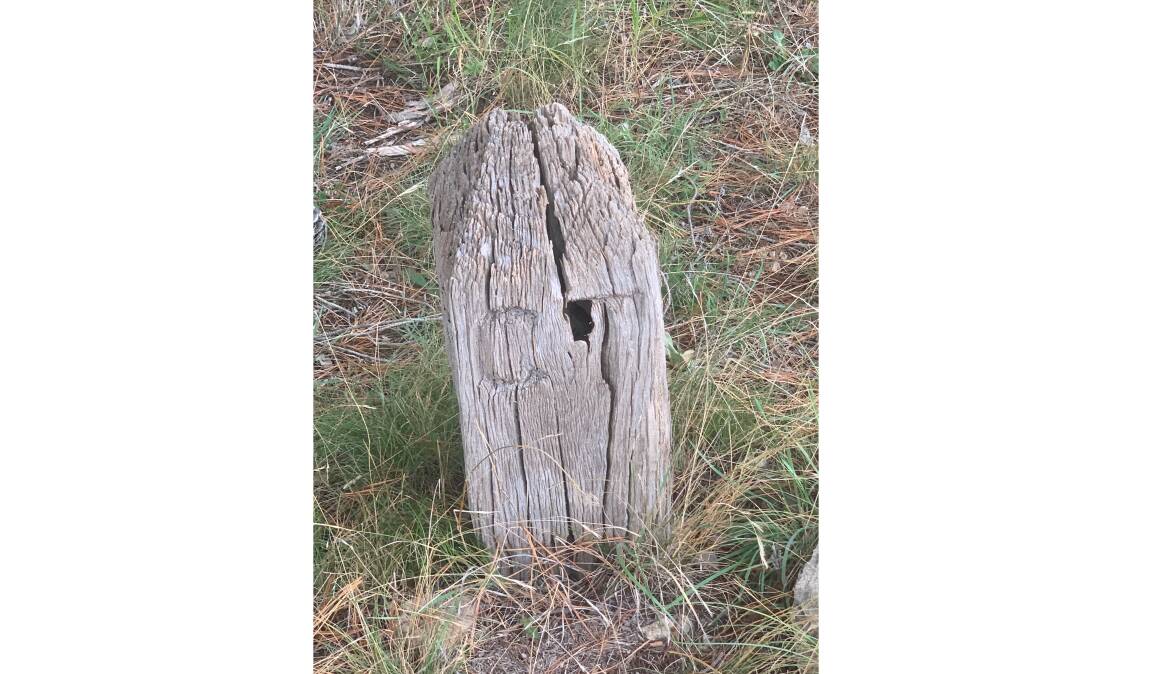
While walking along the old Tuggeranong Road near Melrose Valley Homestead, I noticed an out-of-place wooden Surveyor's Marker (peg) dating from when the nearby section of the ACT border was surveyed by Percy Sheaffe in 1913.
Pegs blazed with CT (for Commonwealth Territory) and broad arrow with base (the base line signifies a commonwealth, not state, survey) were placed by Sheaffe along the border, which lies 150 metres to the north of this astray peg at the Tuggeranong Siding.
So, was it misplaced by the surveyors? Definitely not, according to Greg Ledwidge, surveyor general of the ACT. "The original border plan doesn't identify any peg being placed near where this peg is. We can be reasonably confident that your peg was not placed as part of the border survey."
This means it must have been "moved" there many years go by person(s) unknown and for reasons unknown. Note: these historic survey pegs are protected by legislation.
New angle in hexagonal conundrum
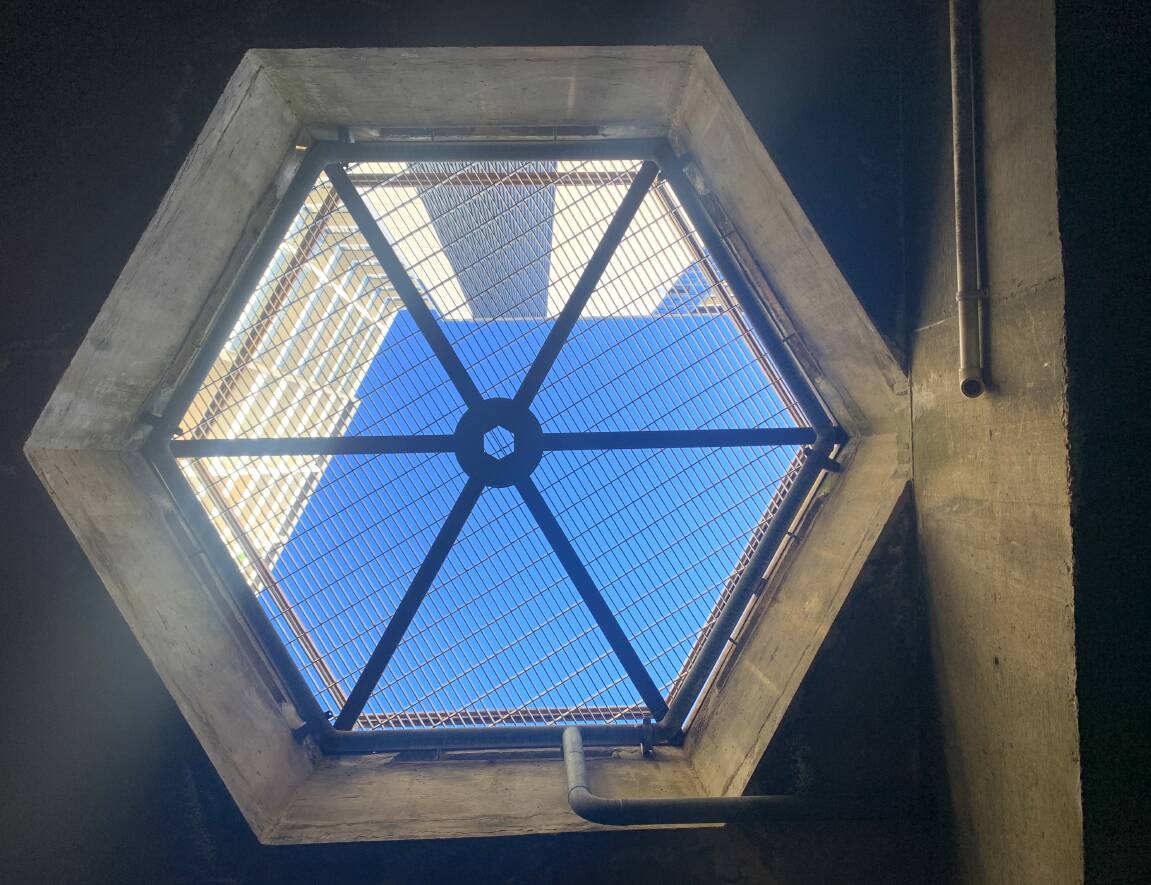
The mystery of the origins of the courtyard strewn with hexagonal features at the site of the old Boulevard, near CCG House at 219 London Circuit in Civic (Mystery really taking shape, June 4) appears to have finally been solved.
Simon Wheaton believes the curious collection of hexagonal blocks were part of the original building design of the Boulevard Shopping Centre which opened in November 1973, and not a sculpture or landscape feature added later.
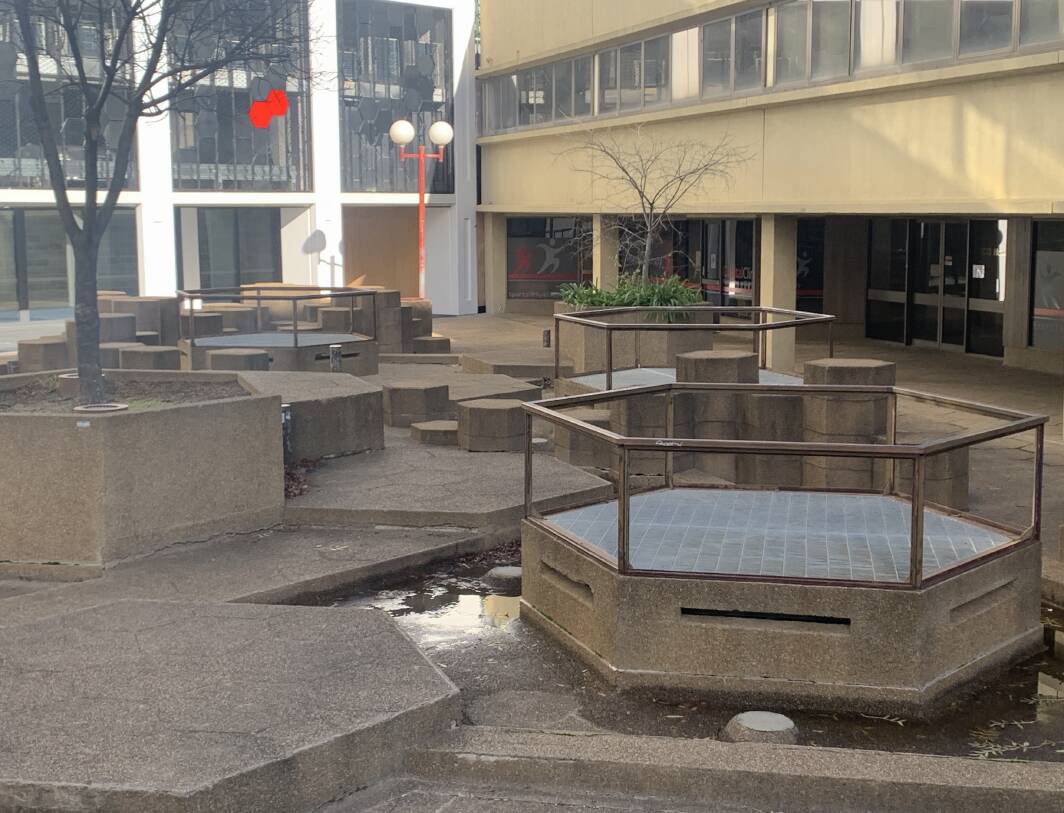
He even dug up a photo from The Canberra Times in August 20, 1974 which shows the courtyard in all its glory, surrounded by a network of (now drained) ponds.
Simon's theory is supported by Scott Simmons of Conder who reports "my potentially faulty recollection, as a very small boy in the seventies, is that they were once a water feature. I know it would be very shallow in parts, and I probably saw it in its empty state more often than its operational state, but I do seem to recall climbing over them while trying to avoid getting wet ... and the ire of my mother".
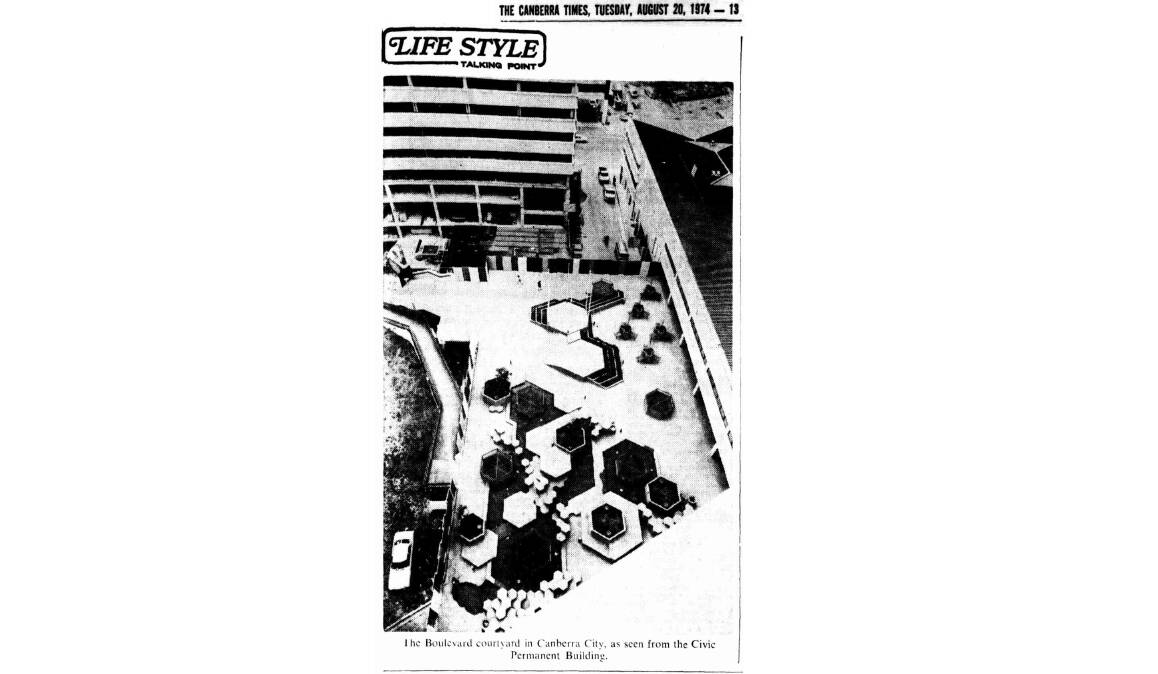
Meanwhile, Norman Barty of O'Connor who worked from 1975 to 1980 at Wallace High Grade Meats, better known as the "Boulevard Butcher", reveals the larger of the hexagonal structures in the courtyard were actually "breathers" to allow light in and exhaust fumes out of Rabaul Lane which ran, and still runs, beneath the courtyard.
I must admit until this week, I'd never looked at the courtyard that closely, nor ever braved the hidden subterranean stretch of Rabaul Lane. What a revelation. Just as Norman explained, when in the lane, if you look up there are half a dozen large hexagonal vents covered with sunken metal grates.
Looking up through them at the blue sky is a similar sensation to James Turrell's Skyspace, Within Without at the National Gallery of Australia, only here you have to dodge vehicles speeding through the laneway.
WHERE IN THE SNOWIES?
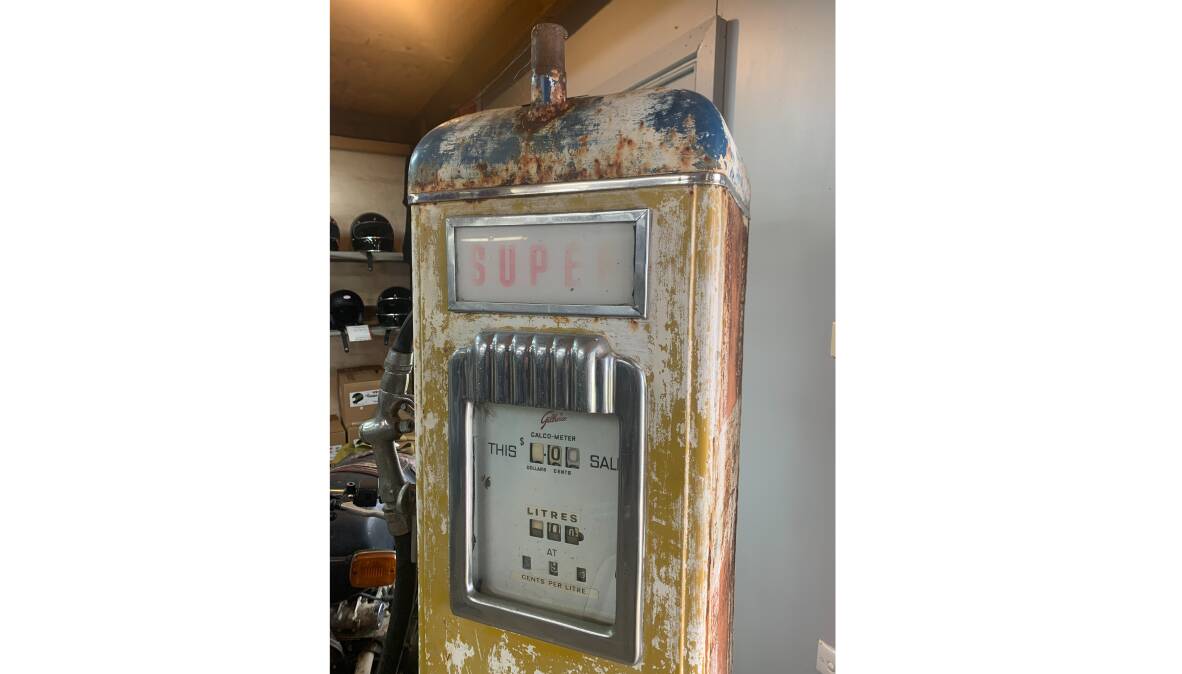
Rating: Hard
Clue: Near where the bell tolls at high noon
How to enter: Email your guess along with your name and address to tym@iinet.net.au. The first correct email sent after 10am, Saturday June 18, wins a double pass to Dendy, the Home of Quality Cinema.
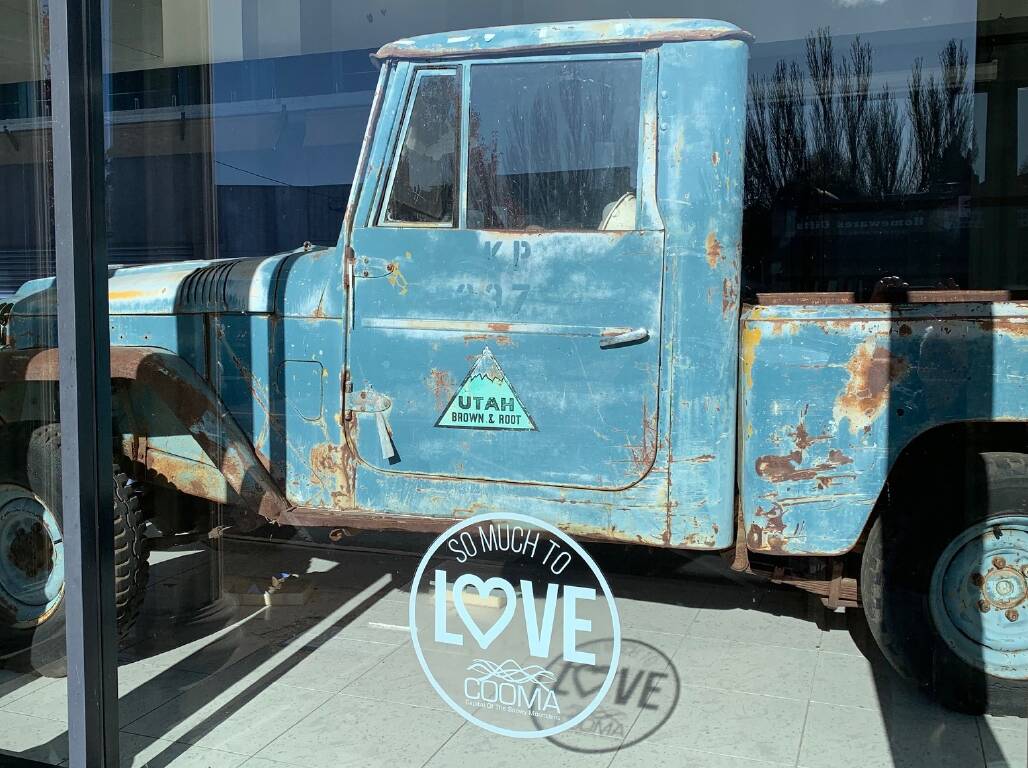
Last week: Congratulations to Neil Clarke of Gordon who was first to identify last week's photo as an original Snowy Hydro car which has been on display at High Country Automotive Group at 66 Sharp Street, Cooma, for the last 11 years. I'm reliably informed the historic vehicle will soon be put up for sale. So, if you're a car nut with a penchant with Snowy history, I suggest you beat a path down the Monaro Highway and put in an offer ASAP. And for the record, the Utah Brown & Root logo on the vehicle's door refers to the US-based company Utah-Brown & Root Sudamericana which according to high country historian Matthew Higgins, built several Snowy Scheme elements, including Jindabyne, Island Bend and Tantangara dams as well as the Eucumbene-Snowy, Murrumbidgee-Eucumbene, (and with Thiess) Snowy-Geehi tunnels.
SPOTTED
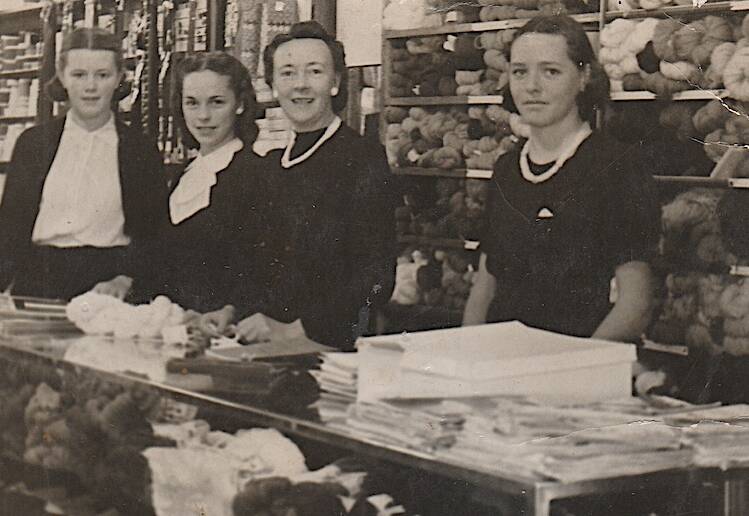
Readers continue to reminisce about J.B. Youngs in Kingston - Canberra's first department store.
Mike Edwards, formerly of Canberra, now of Merimbula, has even dug up a photo of his mum, Bernice O'Brien (second from left), working behind the counter of the store during World War II. Imagine four staff members standing behind a counter waiting to serve you these days. If only. Oh, and are they balls of wool on the shelves?
CONTACT TIM: Email: tym@iinet.net.au or Twitter: @TimYowie or write c/- The Canberra Times, GPO Box 606, Civic, ACT, 2601







